Parsley is a versatile and widely used herb that enhances the flavor and appearance of countless dishes. Whether you're a beginner or an experienced cook, learning how to properly use parsley can elevate your meals from ordinary to extraordinary. In this guide, we'll cover everything you need to know about selecting, preparing, and incorporating fresh parsley into your cooking for maximum flavor and nutrition.
Table of Contents
- What is Parsley and How is It Used?
- Why Parsley Matters in the Kitchen
- Two Types of Parsley: Curly vs. Flat-Leaf
- How to Use Parsley in Your Cooking
- Buying Guide: Choosing the Freshest Parsley
- Tasty Recipes with Parsley
- Frequently Asked Questions About Parsley
- Storing Your Parsley Like a Pro
- Final Thoughts on Using Parsley
What is Parsley and How is It Used?
Parsley is a fresh herb commonly used in cooking to add flavor, color, and nutritional value to dishes. It's not a specific technique but rather a versatile ingredient that can be used in various ways—from garnishing to being a key component in sauces and salads. Unlike dried herbs, fresh parsley provides a bright, clean taste that complements many savory dishes.
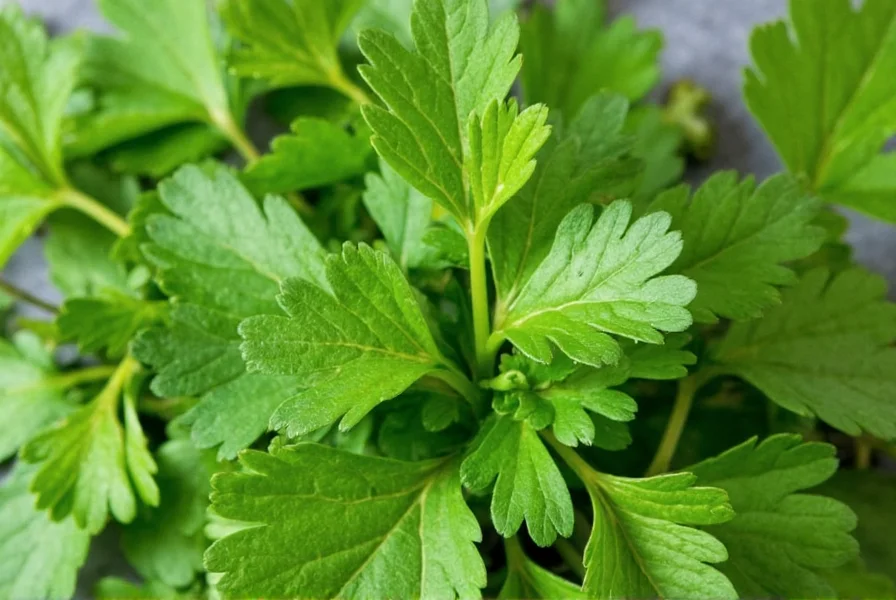
Why Parsley Matters in the Kitchen
While some may dismiss parsley as just a decorative flourish, seasoned cooks know better. Its vibrant flavor adds depth and freshness, especially when used toward the end of cooking. Unlike dried herbs that mellow over time, parsley brings a crisp, almost grassy note that livens up everything from soups to stews to grilled meats.
Top 5 Reasons to Use Parsley
- Enhances visual appeal with its bright green color
- Adds a refreshing, slightly peppery bite
- Boosts nutrient content (rich in vitamins A, C, and K)
- Can cut through heavy flavors like butter and cream
- Acts as a natural breath freshener!
Two Types of Parsley: Curly vs. Flat-Leaf
When it comes to using parsley effectively, not all varieties are created equal. Let's break down the two most common types:
| Type | Appearance | Flavor Profile | Best Uses |
|---|---|---|---|
| Curly Parsley | Ruffled, deep green leaves | Mild, slightly bitter | Garnishing, salads, tabbouleh |
| Flat-Leaf (Italian) Parsley | Smooth, flat leaves | Bolder, more aromatic | Cooking, pesto, chimichurri, sauces |
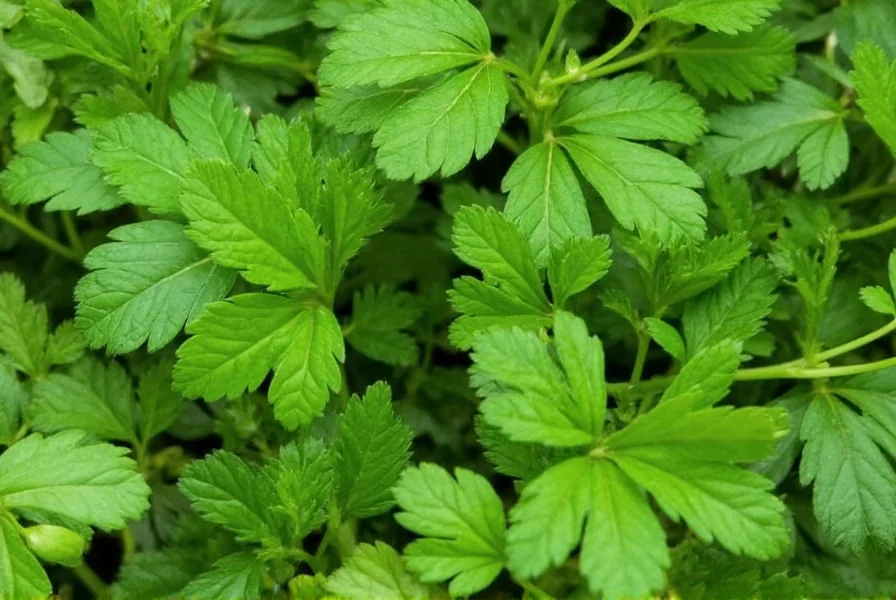
How to Use Parsley in Your Cooking
Ready to incorporate this versatile herb into your meals? Here are some tried-and-true methods:
The Classic Sprinkle
Sprinkle finely chopped parsley over completed dishes like pasta, roasted vegetables, or grilled fish. The fresh color and flavor make an instant impact.
Parsley Oil or Sauce
Blend parsley with olive oil, garlic, and lemon juice for a quick parsley oil that can be drizzled over anything from steak to risotto.
Mixed Into Batters
Add chopped parsley to omelets, fritters, or even bread dough for a surprise kick of flavor.
Herb Butter Boost
Mix softened butter with parsley, salt, and lemon zest for a compound butter that transforms grilled meats or crusty bread.
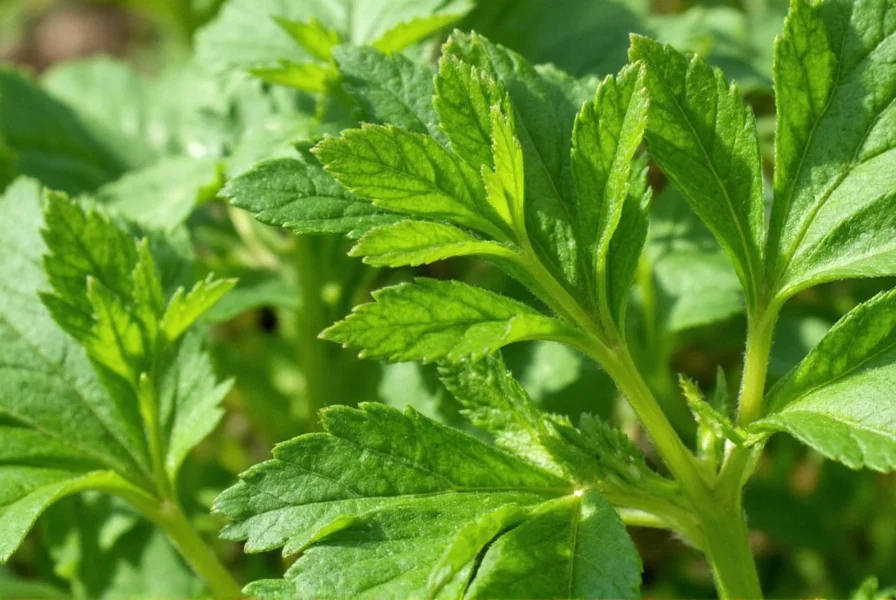
Buying Guide: Choosing the Freshest Parsley
Not all parsley at the market is equally fresh. Follow these tips to pick the best bunch every time:
Look for Vibrant Color
Fresh parsley should be bright green with no signs of yellowing or browning. If the stems are limp or the leaves are wilting, skip it.
Check for Uniformity
Go for bunches with consistently sized leaves and firm stems. Avoid those with visible spots or moldy sections.
Nose Knows Best
Give the parsley a sniff. It should smell fresh and herbal—not musty or sour.
Parsley Product Comparison Table
| Product | Features | Advantages | Best For | Price Range |
|---|---|---|---|---|
| Fresh Bunch from Farmer's Market | Locally grown, organic options available | Superior flavor, sustainable choice | Daily cooking, garnishing | $–$$ |
| Packaged Fresh Parsley (Grocery Store) | Pre-washed, vacuum-sealed | Convenient, longer shelf life | Quick meals, beginners | $$ |
| Dried Parsley Flakes | Long shelf life, easy storage | Great for spice blends, marinades | Winter cooking, camping | $ |
Tasty Recipes with Parsley
Let's put theory into practice with a few mouthwatering recipes you can try at home:
- Tabbouleh Salad: A Levantine staple packed with parsley, bulgur, mint, and tomatoes.
- Parsley-Lemon Butter Shrimp: Sear shrimp in a garlic-parsley butter sauce for a quick dinner winner.
- Chimichurri Steak: Make a zesty parsley-based sauce to pour over perfectly grilled meat.
- Parsley Pesto: Swap basil for parsley in your next pesto for a fresher twist.
- Parsley Hummus: Add a handful of parsley to your hummus blend for extra brightness.
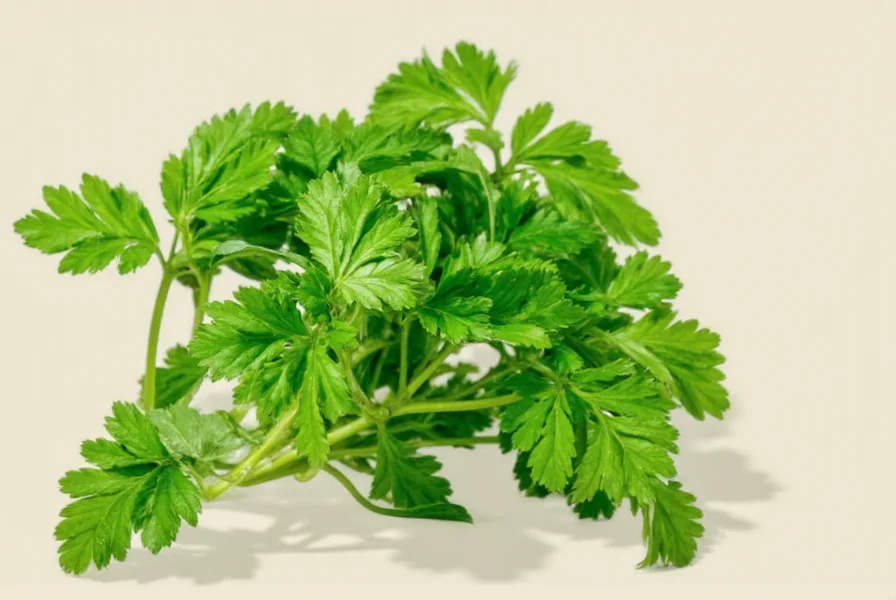
Frequently Asked Questions About Parsley
What is parsley used for in cooking?
Parsley is used to enhance flavor, add color, and provide nutritional benefits. It's commonly used as a garnish, in sauces, in salads, and as a key ingredient in dishes like tabbouleh and chimichurri. Fresh parsley is typically added toward the end of cooking to preserve its bright flavor.
What's the difference between curly and flat-leaf parsley?
Curly parsley has ruffled leaves with a milder, slightly bitter flavor and is best for garnishing. Flat-leaf (Italian) parsley has smooth leaves with a bolder, more aromatic flavor and is preferred for cooking in sauces, pestos, and stews.
How much parsley should I use in a dish?
The amount depends on your dish and personal taste. As a general rule: For garnishing: 1-2 tablespoons of finely chopped parsley per serving; For sauces and cooked dishes: ¼ to ½ cup of chopped parsley per recipe; For parsley-forward dishes like tabbouleh: parsley should be the main ingredient (up to 1½ cups per serving). Remember, fresh herbs are best added toward the end of cooking to preserve their bright flavor.
Can I substitute other herbs if I don't have parsley?
While nothing replicates parsley's unique flavor profile exactly, you can substitute: Cilantro (for a similar fresh note, though stronger in flavor); Chervil (milder, anise-like flavor); Arugula (for garnishing, adds peppery bite); Watercress (similar peppery note). Note that dried parsley won't provide the same fresh effect as fresh—always opt for fresh when aiming for that bright, clean finish.
Why does my parsley wilt so quickly after I buy it?
Parsley is delicate and wilts when: It's not stored properly (needs moisture but not too much); It's exposed to warm temperatures; The stems weren't trimmed before storage; It's stored near ethylene-producing fruits (like apples or bananas). For best results, store parsley upright in water in the refrigerator, with a loose plastic bag covering the leaves.
Can I use dried parsley instead of fresh?
Dried parsley serves a different purpose. It works well in long-cooked dishes where fresh herbs would lose their vibrancy, but it lacks the bright, fresh flavor of fresh parsley. The general conversion is 1 teaspoon dried parsley = 1 tablespoon fresh parsley, but the flavor profile differs significantly. For that authentic fresh finish, always use fresh parsley.
What dishes benefit most from parsley?
Almost any savory dish can benefit from parsley, but these particularly shine: Pasta dishes (especially with tomato or cream sauces); Roasted vegetables; Grilled meats and fish; Stews and soups (added at the end); Eggs and omelets; Salads and grain bowls. The key is using it as the finishing touch that brings everything together.
Is there such a thing as too much parsley?
Yes, though it's hard to overdo it. Too much parsley can: Make dishes taste overly grassy or bitter; Overpower more delicate flavors; Create visual imbalance (too much green can look messy). As a guideline, parsley should complement, not dominate. Start with less than you think you need—you can always add more. Remember that flat-leaf parsley has a stronger flavor than curly, so adjust quantities accordingly.
Storing Your Parsley Like a Pro
Parsley doesn't last long if you don't store it properly. Here's how to keep it fresh:
Refrigerator Storage (Short Term)
Trim the ends and place the bunch upright in a glass of water. Cover loosely with a plastic bag and refrigerate for up to a week.
Freezing (Long Term)
Chop parsley and freeze in ice cube trays with a little water or olive oil. Pop out cubes as needed for soups, stews, and sauces.
Dehydrating (For Flavorful Crumbles)
Spread parsley on a baking sheet and dry in a low oven (around 170°F/80°C) until crispy. Store as flakes for seasoning later.
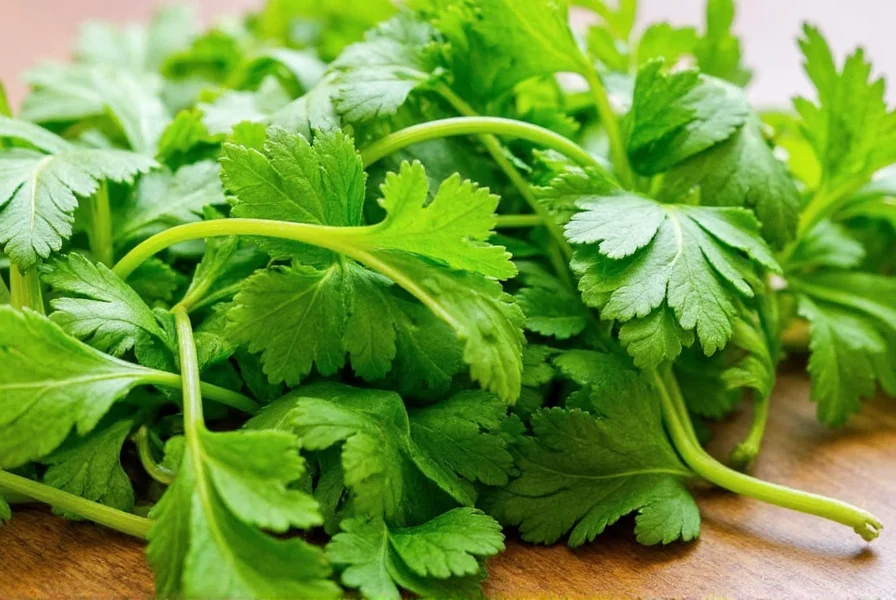
Final Thoughts on Using Parsley
Parsley is one of the most versatile and underrated ingredients in the kitchen. Whether you're dressing up a plate or building bold flavor into your dishes, properly using parsley can elevate your cooking from good to great.
So next time you reach for that fresh green bunch in the fridge, remember: you're not just grabbing an herb—you're grabbing a chance to bring color, freshness, and character to your food. Embrace parsley in your cooking and watch your dishes come alive!

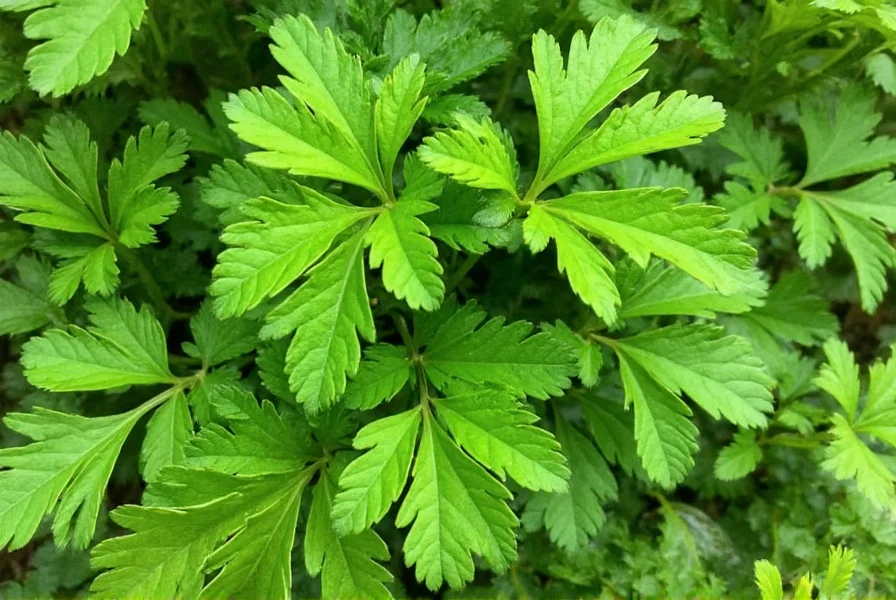









 浙公网安备
33010002000092号
浙公网安备
33010002000092号 浙B2-20120091-4
浙B2-20120091-4